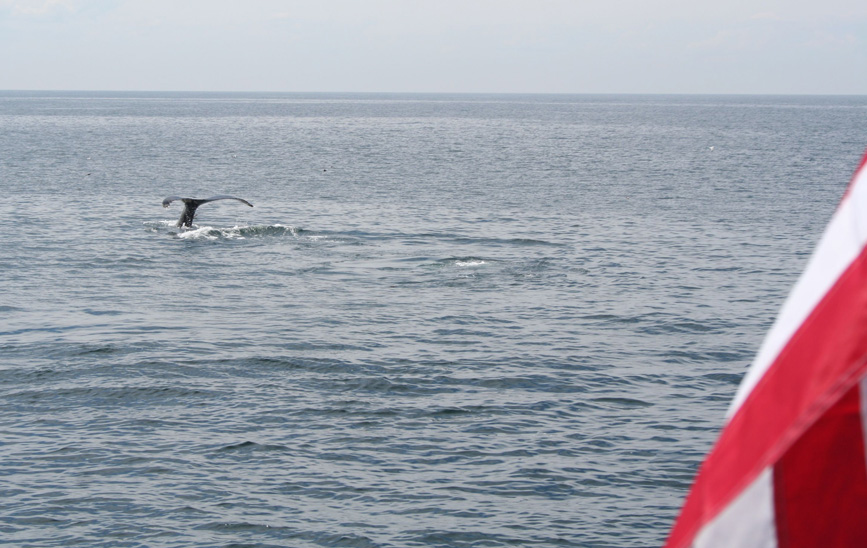
Participants (crew)
In order of (alphabetical) appearance:
Friedrich Balke, Matthias Bickenbach, Lars Friedrich, Markus Krajewski, Ethel Matala de Mazza, Harun Maye, Armin Schäfer, Leander Scholz, Bernhard Siegert, Joseph Vogl, Niels Werber, Burkhardt Wolf
Contact
Moby-Dick commentary
Hunting the White Whale
Herman Melville's 1851 novel Moby-Dick; or, the Whale was not a great success during its author's lifetime. Today, the story of the hunt for the white whale is considered not only an outstanding contribution to world literature, but also a testimony to an almost seismographic cultural introspection that continues to pose crucial questions to our present day: Questions of geopolitics and globalization, insurance and technology, cultural identity and its transnational dissolution, colonialism and imperialism, territorialization and deterritorialization; questions about the contrasts of state and economy, land and sea, universalism and particularism, power and norm, money and morality. Influenced by the sciences and arts, conflicts and hopes of its time, Moby-Dick has influenced authors such as Deleuze and Guattari, Hardt and Negri, Carl Schmitt and Rainald Goetz, provided code names for the RAF (Starbuck Holger Meins, Ahab Andreas Baader, etc.), inspired great directors to cinematizations (John Huston) and artists (Laurie Anderson) to adaptations. Thirteen translations to German and numerous editions attest to the great interest in the white whale, which has long since entered the collective memory of our culture. This myth is omnipresent, but anything but consistent: the white whale can be seen both as a symbol of the global hegemony of a superpower, as well as stand the empty obsession of a world abandoned by God; as the last gasp of a species threatened by extinction, or as a metaphor for the total development of the world through transport technologies.
Traces of the Whale: Historical-Speculative Commentary
Cetology: Since 2006, a group of scholars has met once a year with an ambitious goal: to subject each of the 135 chapters ofMoby-Dick(including paratexts such as the excerpts at the beginning of the novel, the blurb, etc.) to a commentary that is as historically thorough as it is culturally insightful. In intensive discussions and commentaries on passages, in explorations of the sources and in readings that are illuminating in terms of cultural theory and media studies, the aim is to inquire into the reasons for the enormous significance ofMoby-Dick for the self-descriptions of our culture and the ambiguities and disjointedness of the symbol.
A first interim review of the research conducted so far has been published in a thematic issue of theNew Review(2/2012) has been published. From summer 2012 (issue 3/2012 and following) all further chapter commentaries will successively appear grouped on different topics concerning the whale. This could take 12 years.
Press
The press reported on the project:
Frankfurter Allgemeine Zeitung, 10.07.2012,Das Tier sind wir.Oliver Jungen in conversation with Markus Krajewski
